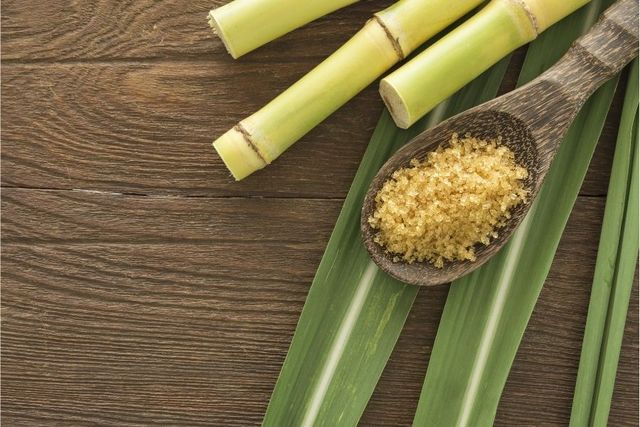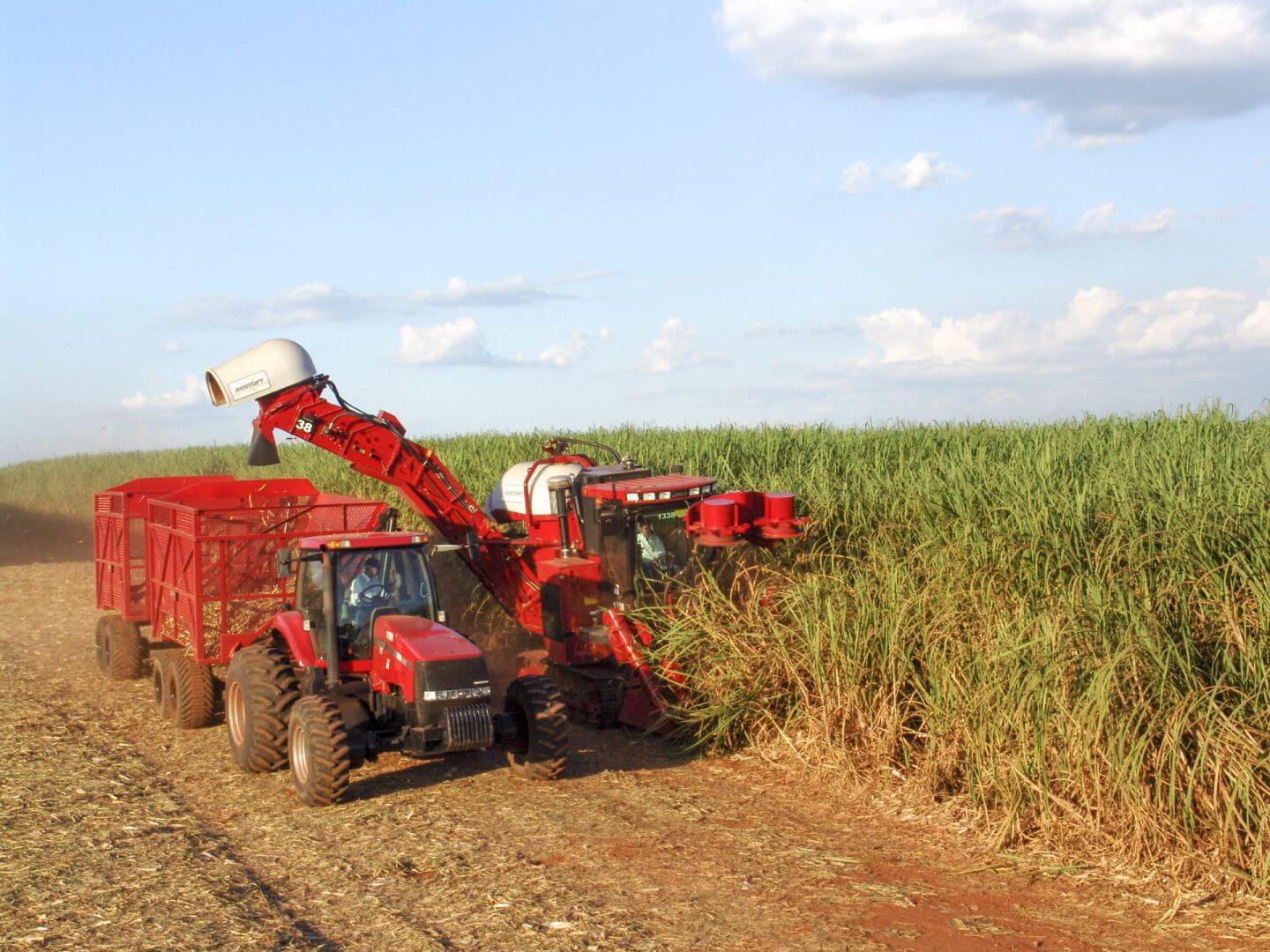All Concerning Sugar Canes: What Are Sugar Canes Utilized For and Their Role in International Farming?
Sugar walking canes offer as a foundation of international agriculture, mainly identified for their role in sugar manufacturing. They additionally add to the creation of spin-offs like molasses and ethanol. These elements not only sustain various markets yet additionally effect economic stability in country regions. Nevertheless, the cultivation of sugar walking sticks encounters substantial environmental obstacles. Comprehending their multifaceted role prompts additional expedition into their farming methods and sustainability efforts.
The Agricultural Process of Sugar Cane Growing
Sugar walking cane farming may differ by area, the fundamental agricultural process stays regular. The initial step includes selecting high-yielding ranges appropriate for neighborhood environments. Prep work of the soil is important, typically requiring husbandry and the enhancement of plant foods to enhance fertility. Planting commonly happens throughout the stormy period, with farmers utilizing either entire stalks or cuttings to establish new crops.As the plants grow, they need thorough treatment, consisting of weed control, parasite monitoring, and watering, relying on the ecological problems. Farmers check the sugar walking cane's development cycle, which generally extends 10 to 24 months, prior to harvesting. Collecting is labor-intensive, usually performed manually or with specialized equipment, making certain marginal damage to the stalks. Following harvest, the walking cane is transported to refining centers. This meticulous farming procedure not only supports neighborhood economies yet additionally plays a substantial duty in worldwide agricultural practices, adding to food and power supplies.
Sugar Production: From Walking Cane to Crystal
The trip of sugar production begins the minute freshly collected sugar cane gets here at processing facilities. The very first step involves washing and cutting the walking stick to prepare it for extraction. Utilizing high-pressure rollers, the juice is extracted from the smashed walking stick, causing a sweet fluid understood as sugarcane juice. This juice undergoes clarification, where contaminations are eliminated via the enhancement of lime and heat.Next, the cleared up juice is focused by boiling it to produce a thick syrup. This syrup is then taken shape by cooling, enabling sugar crystals to develop. The crystallized sugar is separated from the remaining syrup, referred to as molasses, with centrifugation.Finally, the sugar crystals are cleaned and dried, causing the familiar granulated sugar (What Are Sugar Canes Used For). This process changes raw sugar walking cane into a product that is integral to different cooking and industrial applications, highlighting the value of sugar in global farming
Biofuels and Sugar Canes: A Sustainable Future
As the globe increasingly seeks sustainable power solutions, sugar walking sticks have become an encouraging source for biofuels. The biomass originated from sugar canes can be exchanged ethanol, a renewable fuel choice that significantly reduces greenhouse gas discharges compared to fossil fuels. This process not only offers a cleaner energy source however likewise promotes energy independence for many countries.In enhancement, sugar cane cultivation supports rural economic climates by developing tasks in both farming and biofuel manufacturing fields. Using sugar walking canes for biofuel manufacturing also encourages agricultural diversity, which can enhance soil health and wellness and decrease reliance on single crops. Additionally, the byproducts of sugar walking cane handling can be made use of for electricity generation, in addition adding to a sustainable energy cycle. As nations venture to meet renewable resource targets, sugar canes are positioned to play a crucial role fit a more lasting future in the biofuel landscape.

The Function of Sugar Canes in Drink Production
Sugar canes play a considerable role in beverage production, acting as a main ingredient in rum and adding to the sweetness of many sodas. In addition, their all-natural juices are utilized in various drinks, improving flavor and allure. This adaptability emphasizes the value of sugar canes in the international drink industry.
Sugar Walking Cane in Rum
Rum manufacturing is intricately connected to the cultivation of sugar walking cane, a vital plant that offers the essential fermentable sugars required for fermentation. This process begins with the removal of juice from harvested sugar canes, which is after that either fermented directly or refined into molasses. Yeast is added to transform the sugars into alcohol, causing a varied variety of rum designs, from light to dark ranges. The geographical area where the sugar walking stick is expanded considerably influences the flavor account of the rum, with elements such as dirt type and climate having fun vital duties. Countries like Barbados, Jamaica, and Cuba are renowned for their rum manufacturing, reflecting the cultural and historic significance of sugar walking cane within the international beverage market.
Soft Drinks Sugar Resource

Natural Juice Production Makes Use Of
In enhancement to its considerable function in soda production, sugar cane is also essential in the all-natural juice market. The juice drawn out from sugar cane, referred to as walking cane juice, is commemorated for its natural sweet taste and distinct flavor account. This juice is commonly consumed fresh in various areas, specifically in a fantastic read exotic countries, where it is delighted in as a revitalizing drink. Additionally, cane juice offers as a base component in a series of all-natural fruit juices and shakes, enhancing both preference and nutritional worth. Its natural buildings make it an attractive choice to sweetening agents, interesting health-conscious consumers. On the whole, sugar walking stick's versatility in juice production underscores its relevance in contemporary drink offerings worldwide.
Advancements in Sugar Walking Cane Byproducts
Advancements in sugar cane by-products are leading the way for sustainable solutions in different sectors. Biofuels originated from sugar walking cane offer a different energy resource, while advancements in sustainable product packaging are reducing reliance on standard products. These developments highlight the convenience and potential of Your Domain Name sugar walking stick beyond its main usage in drink production.
Biofuels From Sugar Cane
Exactly how can the results of sugar cane add to sustainable power options? The conversion of sugar walking cane into biofuels presents an appealing method for renewable resource. By using the coarse residue, recognized as bagasse, manufacturers can create bioethanol via fermentation procedures. This bioethanol can work as a sustainable choice to fossil fuels, decreasing greenhouse gas emissions and dependence on non-renewable resources. In addition, molasses, another byproduct, can be fermented to produce biofuels, making the most of source efficiency. The energy generated from sugar cane not only provides a cleaner gas source but additionally enhances the overall financial viability of sugar production. By incorporating biofuel manufacturing right into their procedures, sugar walking stick industries can play a vital function ahead of time lasting power options internationally.
Sustainable Packaging Solutions
Sustainable packaging solutions are increasingly being created from sugar walking cane by-products, showcasing the adaptability of this agricultural staple. Innovations such as eco-friendly plastics obtained from bagasse, the fibrous residue left after juice removal, are obtaining traction. These products use an environment-friendly option to traditional plastics, reducing dependence on fossil gas and lowering carbon footprints. In addition, sugar cane-based packaging is compostable, damaging down naturally without harming the atmosphere. Companies are currently checking out these alternatives to line up with consumer demand for sustainability. As awareness of plastic contamination grows, the fostering of sugar cane-derived packaging is anticipated to rise, placing sugar walking sticks as a principal in the shift to greener product packaging services in numerous markets.
Economic Influence of Sugar Walking Stick Farming

Although sugar walking stick farming has deep origins in numerous economies, its economic influence extends far past agricultural production. This plant acts as a significant source of earnings for countless farmers worldwide, specifically in developing nations where agriculture is a main resources. Sugar cane contributes to regional economic situations via work development in cultivation, processing, and harvesting. The market also stimulates growth in associated fields such as transportation, equipment production, and food processing.Furthermore, sugar cane is a principal in worldwide profession, influencing international markets and rates. Nations that create sugar walking stick commonly count on exports to boost their financial stability. The spin-offs of sugar walking cane, such as ethanol and molasses, expand earnings streams for farmers and include value to the farming field. On the whole, the financial ramifications of sugar cane farming are extensive, influencing not only farmers but also whole neighborhoods and nationwide economies.
Environmental Considerations in Sugar Walking Cane Growing
While sugar cane farming plays an important duty in numerous economic situations, it likewise raises substantial environmental problems that can not be neglected. The considerable view it use of plant foods and chemicals in sugar walking stick farming frequently brings about soil deterioration and water air pollution. Runoff from these chemicals can contaminate close-by water bodies, harming water ecosystems. In addition, the monoculture practices widespread in sugar walking cane farming decrease biodiversity, making ecosystems much more vulnerable to parasites and diseases.Deforestation is one more important concern, as land is typically cleared to make method for sugar ranches, causing environment loss for wild animals and boosted carbon emissions. Furthermore, the high water usage required for sugar walking stick watering can stress local water resources, especially in dry areas. As worldwide demand for sugar proceeds to increase, addressing these ecological obstacles comes to be crucial to guarantee lasting techniques in sugar walking stick cultivation.
Regularly Asked Concerns
What Are the Nutritional Benefits of Sugar Walking Stick?
The nutritional advantages of sugar cane primarily include its high carbohydrate material, giving power. Furthermore, it has vitamins, minerals, and anti-oxidants that may support general health and wellness, though moderation is necessary because of its sugar web content.
Exactly How Does Sugar Walking Cane Affect Citizen Ecosystems?
Sugar cane growing can significantly impact neighborhood communities by changing land usage, influencing biodiversity, and calling for substantial water sources. In addition, it might result in soil degradation and pesticide runoff, disrupting bordering habitats and wild animals populations.
What Is the Background of Sugar Walking Stick Cultivation?
:strip_icc()/How-to-Plant-and-Grow-Sugar-Cane-965303384-2fdac181359d44c185dfa7988fc181a8.jpg)
Exist Alternatives to Sugar Walking Cane for Sugar Manufacturing?
Alternatives to sugar cane for sugar manufacturing include sugar beetroots, corn, and various exotic plants like sorghum and agave (What Are Sugar Canes Used For). These crops supply diverse resources of sweetness, each with distinctive farming demands and environmental influences
Exactly How Do Climate Patterns Influence Sugar Walking Stick Yields?
Weather condition patterns significantly affect sugar cane yields via temperature changes, rains amounts, and seasonal cycles. Drought or too much rains can impede development, while perfect problems boost photosynthesis, eventually influencing the quantity and high quality of the harvest. The trip of sugar production starts the moment fresh collected sugar walking stick gets here at processing centers. The taken shape sugar is separated from the continuing to be syrup, known as molasses, with centrifugation.Finally, the sugar crystals are cleaned and dried, resulting in the acquainted granulated sugar. Rum manufacturing is elaborately linked to the growing of sugar walking cane, a necessary crop that supplies the essential fermentable sugars required for fermentation. Additionally, the monoculture practices common in sugar walking stick farming decrease biodiversity, making ecological communities a lot more at risk to pests and diseases.Deforestation is another vital problem, as land is commonly gotten rid of to make means for sugar haciendas, leading to environment loss for wildlife and increased carbon exhausts. Alternatives to sugar cane for sugar manufacturing consist of sugar beets, corn, and different exotic plants like sorghum and agave.